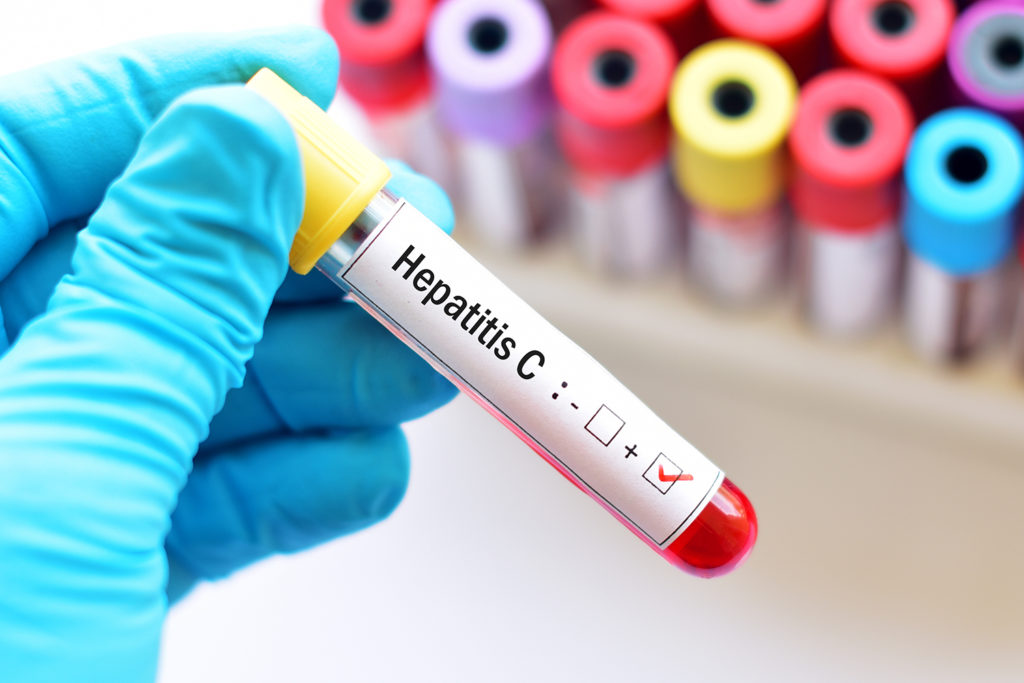I began nursing in 1986 when personal protective equipment was rarely used except during sterile medical procedures. I was aware of hepatitis A and B but didn’t give much thought to hepatitis C when it was identified in 1989.
I knew it was transmitted through contact with infected blood, most often through blood transfusions or sharing needles. Without a history of either, I hadn’t been concerned about contracting it. At my annual physical, my doctor suggested the hepatitis C blood test. I was shocked when it came back positive!
In 2012, the CDC recommended all baby boomers — people born between 1945 and 1965 — be tested for hepatitis C at least once in their life because they were five times more likely to have the virus than people born in other years. Sterile practices and techniques for common medical procedures were not as advanced as they are today.
Moreover, dentists generally worked on patients without gloves, as did first responders such as firefighters and EMTs. Universal sterile medical precautions were not put into place until the late 1980s (to isolate HIV) and widespread screening of the blood supply didn’t begin until 1992.
Sharing needles was a major concern of transmission in the 1960s and it remains so today. People on dialysis are also at higher risk, as are those born to mothers with hepatitis C, people who get tattoos or piercings, people who share items like nail clippers and razors, and health care providers who sustain a needle stick injury. According to the CDC, the virus is not spread in water or food, by sharing eating utensils, coughing, hugging, or breastfeeding.
Hepatitis C, referred to as a silent killer, can cause life-threatening liver diseases (including cirrhosis and liver cancer) that progress slowly, usually without early symptoms. By the time most victims develop symptoms (including yellow skin or eyes, dark urine, fever, etc.), they could have been carrying the virus for years and could be in the end stages of cirrhosis or liver cancer.
Medicines have improved significantly. They are taken for three months, have few side effects, and cure about 95 percent of those treated.
CDC testing recommendations were updated in 2020 to include most adults. Ask about hepatitis C screening at your next exam. It could save your life!
Bonnie Senftner, R.N., B.S.N., M.S.A.C, is a retired nurse and can be reached at Grthealth@yahoo.com for questions or referrals.


